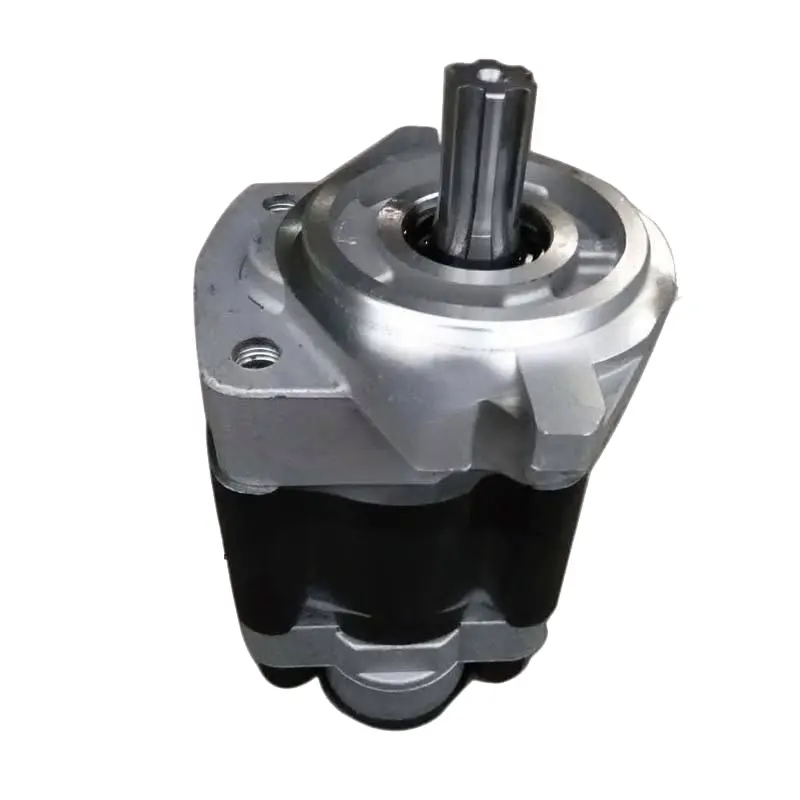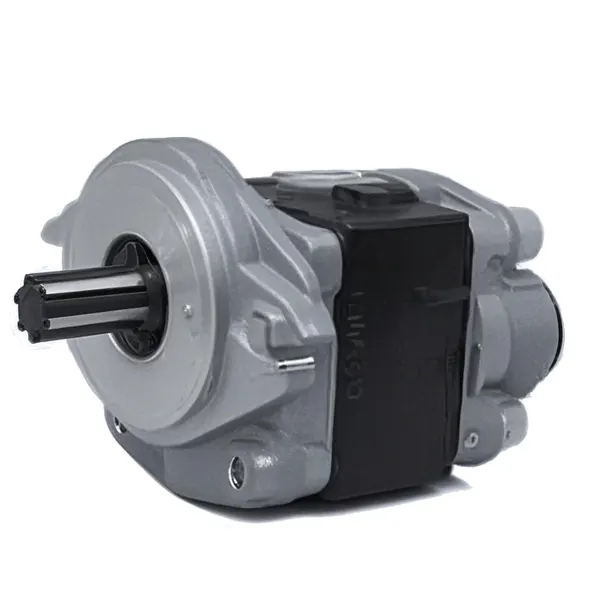The hydraulic pump of a forklift is a core component of material handling equipment, and its stability directly affects the operational efficiency and safety. As a professional forklift hydraulic pump supplier, for the common faults of forklift gear pump, we provide professional and understandable troubleshooting steps and maintenance suggestions to help users quickly locate the problems and extend the service life of the equipment.
Common Failures and Possible Causes
The hydraulic pump fails to start or has insufficient power
Possible reasons:
- Insufficient hydraulic oil or deteriorated oil quality
- Motor or drive system failure (such as belt breakage).
- The internal gear wear of the forklift gear pump leads to the failure of the seal.
The pressure of the hydraulic system is unstable
Phenomenon:
Abnormal lifting speed, shaking of the forks.
Possible reasons:
- The safety valve or relief valve is stuck.
- Internal leakage of the hydraulic pump (such as aging of the sealing ring).
- The oil passage is clogged or the filter element needs to be replaced
Abnormal noise or overheating
Phenomenon:
The pump body makes a shrill abnormal noise or the temperature of the casing is too high.
Possible reasons:
- The bearing is damaged or the gear meshing is poor
- Insufficient viscosity of the hydraulic oil or air mixed into the system.

Step-by-Step Troubleshooting and Solutions
Step 1: Check the condition of the hydraulic oil
Confirm whether the oil level is within the standard range, and whether the oil is turbid or contains metal debris (indicating pump body wear).
Suggestion: Change the hydraulic oil every 500 hours and clean the oil tank regularly
Step 2: Test the pressure of the pump body
Use a pressure gauge to detect whether the output pressure of the forklift hydraulic pump meets the standard.
If the pressure is insufficient, check the safety valve, relief valve and the internal seals of the pump body.
Step 3: Disassemble and inspect the gear pump
For the forklift hydraulic gear pump, it is necessary to check the gear meshing clearance and axial clearance.
If the gear wear exceeds the standard (clearance > 0.2mm), the pump body assembly needs to be replaced.
Step 4: Inspect the transmission and electrical systems
Check whether the motor connection, belt tension and relay are normal (applicable to electric forklifts).

Preventive Maintenance and Life Extension Techniques
Regularly replace the filter element: Clean or replace the oil suction filter element every 250 hours to prevent impurities from entering the pump body.
Avoid no-load operation: Ensure that the hydraulic system is fully filled with oil before starting to reduce the risk of dry grinding of gears.
Temperature monitoring: Long-term high-temperature operation will accelerate the aging of seals. It is recommended to install a temperature sensor.
Select the appropriate model: When replacing the hydraulic pump for forklift, the original vehicle parameters (such as displacement and rotational speed) need to be matched.

Professional Maintenance Ensures Operation Safety
The faults of forklift hydraulic pumps are often caused by minor issues. Through systematic inspection and regular maintenance, the risk of downtime can be significantly reduced. In case of complex problems (such as internal cracks in the pump body), it is recommended to contact an authorized service provider for professional maintenance.
